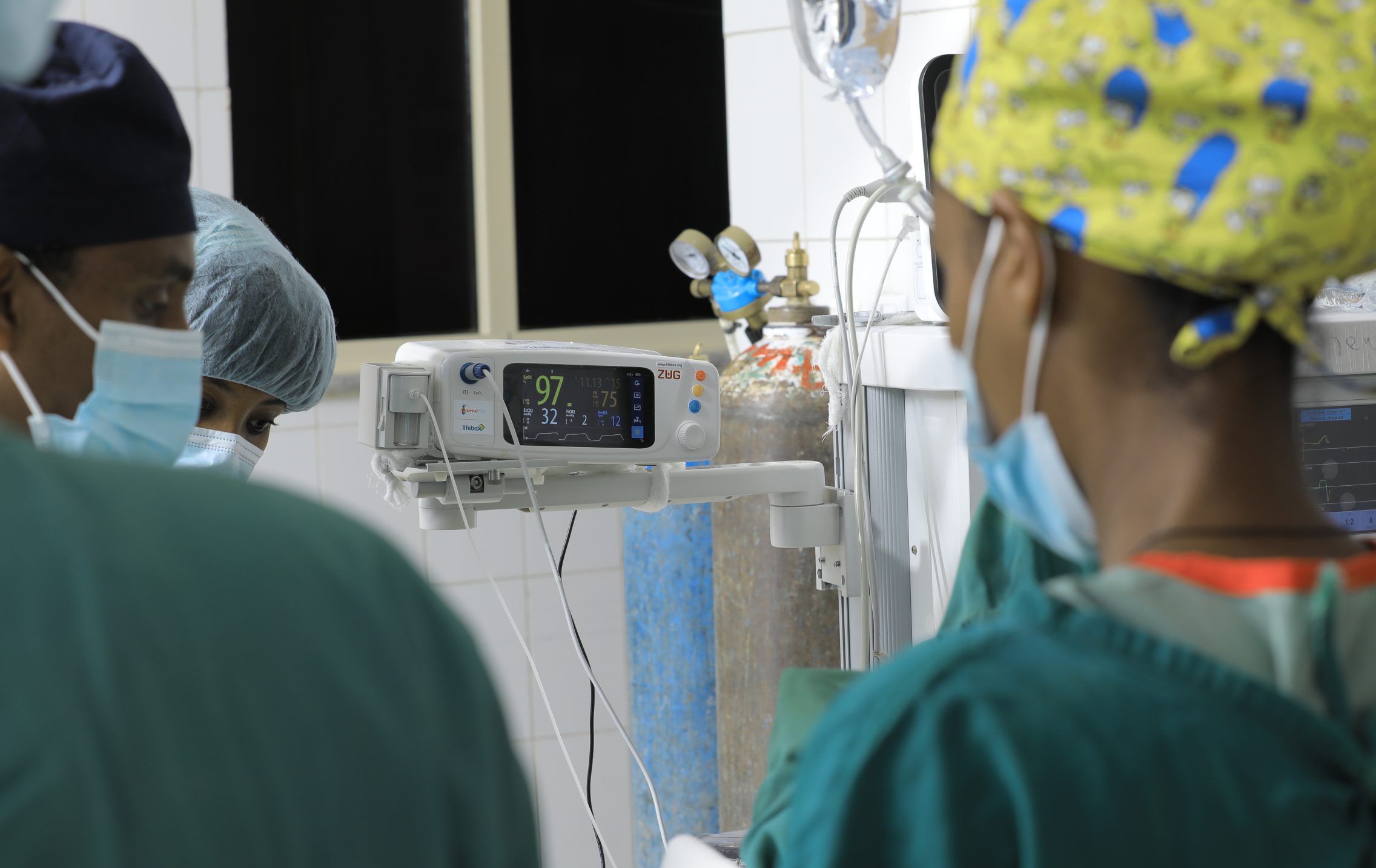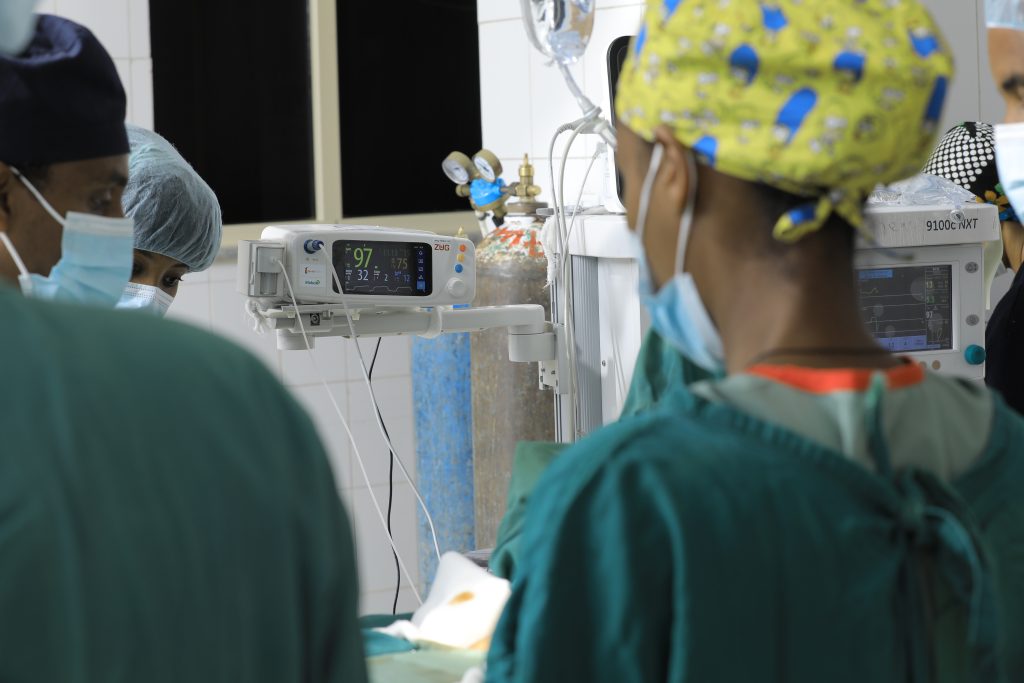
The immediate impact of capnography
Dr. Renda Suleman on the transformation of patient care with capnography
Dr. Renda Suleman is an anesthesiologist at Yekatit 12 Medical College Hospital, Addis Ababa, Ethiopia. Dr. Suleman participated in the Smile Train-Lifebox Capnograph pilot workshop. Here she shares the impact of available capnography monitoring on her work.
 “We recently received a capnograph and I have observed the immediate impact and significant improvement in the care we provide to our patients. My confidence has also tremendously improved because my work is guided by a reliable device. Capnography allows visualization of my work, through numbers and waves. This helps me to immediately identify a problem when it happens and quickly take measures.
“We recently received a capnograph and I have observed the immediate impact and significant improvement in the care we provide to our patients. My confidence has also tremendously improved because my work is guided by a reliable device. Capnography allows visualization of my work, through numbers and waves. This helps me to immediately identify a problem when it happens and quickly take measures.
To put a patient to sleep is a huge responsibility. When a patient comes in, both the patient and their families put their faith and trust in me. It is with the hope that their family member comes out of anesthesia healed from their illness, that they place their trust in me.
In our work, we are not always aided by instruments and equipment, we work based on our intuition. But with the assistance of a capnography device, we can see and read the exact amount of carbon dioxide concentration and we can provide accurate amounts of anesthesia.
Considering the role it plays in safe surgery and anesthesia, I believe capnography should have been one of the first pieces of equipment that every facility should have. Unfortunately, being a country with limited resources, this is hard to fulfill. So to make the best use of the capnograph, we have to schedule it for use by critical patients only. This means we are forced to discriminate between our patients when all of them should be receiving equal amounts of care. These are unfair situations.

Smile Train-Lifebox Capnograph providing patient monitoring in an operating room at Yekatit 12 Hospital Medical College, Addis Ababa, Ethiopia ©Yosef Amare/Lifebox 2023
One situation that I remember was a male patient in his late seventies who was admitted into the ICU after suffering a stroke. While in the ICU he had been wrongly intubated. The healthcare providers did not realize the mistake and the patient was without oxygen for a few minutes. Soon he started turning blue and his heart beat got weak. That is when I was called in and took corrective measures. All this happened in five minutes, but I cannot help to think that had we had a capnography device at the time, we could have picked the error and taken corrective measures immediately.”

